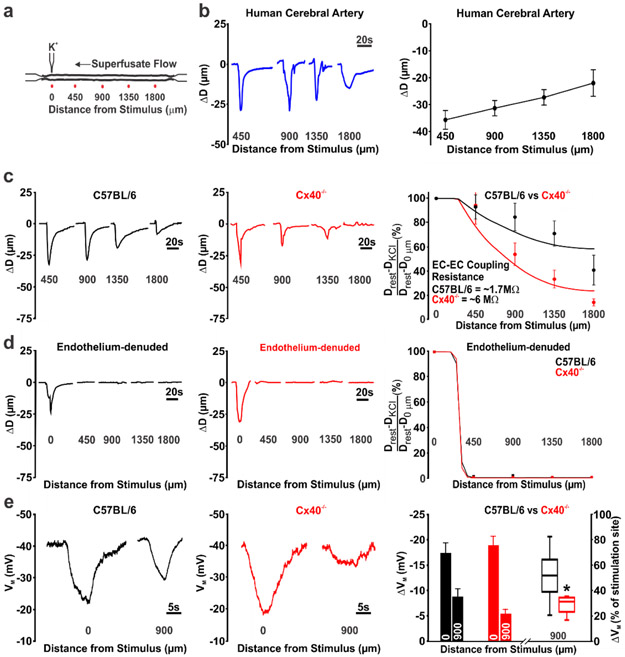Figure 2: Conducted responses in cerebral arteries require intact endothelium and gap junctions.
(a) General conduction paradigm: An isolated, pressurised middle cerebral artery was stimulated by pressure injecting KCl (500 mM, 10s, 30 PSI) through a micropipette; vasomotor responses monitored 0, 450, 900, 1350 and 1800 μm, distal to the point of stimulation. (b) K+ induced conducted responses were observed in cerebral arteries isolated from resected human tissue. (c) Genetic deletion of Cx40 attenuated K+ induced conduction in mouse cerebral arteries. Conducted responses were similar among C57BL/6 and Cx40−/− mice near the point of K+ application (450 μm site); enhanced conduction decay was observed in Cx40−/− mice at the 900 μm (U =18.50, P<0.01, Mann-Whitney U test; control, n=10 vessels; Cx40−/−, n=10 vessels), 1350 μm (U =11, P<0.01, Mann-Whitney U test; C57BL/6, n = 9 vessels; Cx40−/−, n = 10 vessels), and 1800 μm (U =13, P<0.01, Mann-Whitney U test; C57BL/6, n = 8 vessels; Cx40−/−, n = 10 vessels) sites. Data in (c, right column) were fitted using a validated computational model to calculate endothelial-to-endothelial (EC-EC) coupling resistance. (d) The endothelium’s role in conduction was tested by passing air bubbles through the lumen to denude this layer. Data in (d, right column) were fitted using a validated computational model in which the endothelium had been electrically uncoupled. (e) The spreading membrane potential (VM) response in Cx40−/− arteries was diminished at the conducted site (900 μm). Summary data (right column) is presented in absolute terms or with the 900 μm site expressed relative to the stimulation site (U =4, P<0.05, Mann-Whitney U test; control, n=6 vessels; Cx40−/−, n=5 vessels).

